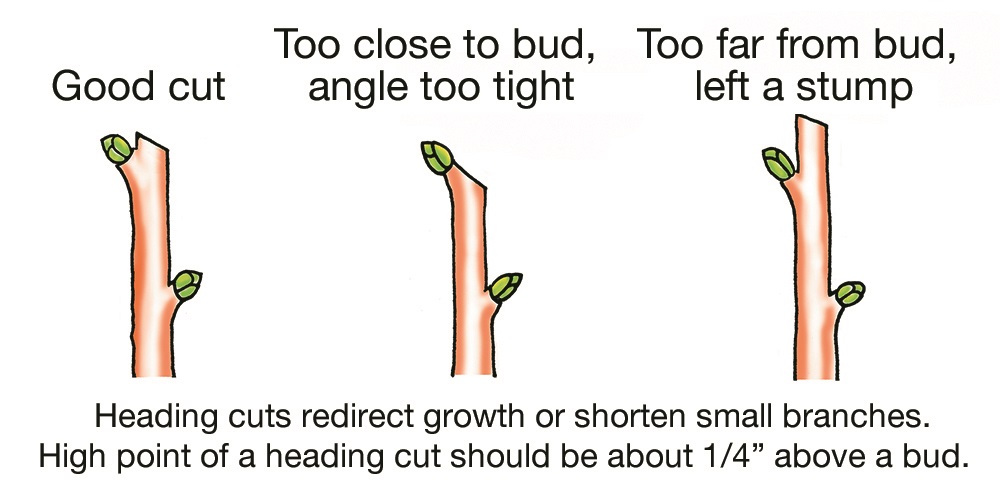A shrub covered with blooms in spring or early summer is a happy sight—but once the show passes, we may look critically at an unruly plant. Perhaps it’s grown too big for its spot, or the branches are hanging over or bumping into the house, a fence or other plants. It is tempting to start pruning!
Not so fast! Pruned at the wrong time or in the wrong way, a shrub will not only suffer a setback but bloom sparsely—or even not at all—the following year.
Here’s the proper way to prune to get a fuller, lusher plant next year…
Understand the plant’s bloom cycle. After a flowering shrub’s blooms fade, the plant spends the summer months generating new leaves and stems, and next year’s flower buds start to form—they may be so small that you might not notice them. Problem: Overzealous cutting in late winter, summer or fall can remove most or all of these new flower buds.
Shrubs this applies to: Aronia, azalea, broom, daphne, deutzia, forsythia, bigleaf hydrangea, kerria, lilac, mock orange, rhododendron, shadbush, spirea, viburnum, weigela. Exceptions: Ceanothus, shrubby dogwood, smokebush, hardy fuchsia and Pee-Gee hydrangea (tree hydrangea) can be pruned while still dormant in late winter or early spring, before new flower-producing growth starts.
Take action during the brief window of opportunity. For the majority of these shrubs, the time to swoop in with clippers, loppers or shears is just as this year’s flowering period is ending, before the plant starts investing energy in making next year’s buds.
Shorten stems moderately. Never remove more than one-quarter to one-third of a shrub’s growth in any year. Any more than that weakens the plant. If a plant needs major pruning and shaping, do it gradually over two or more years.
Make the cuts properly. Cut stems one-quarter inch above an existing bud. This stimulates growth below the cut—including new stems, leaves and more buds. Less than that (too close), and a bud tends to dry out. More than that (too far from a bud or node), and you’ll get an unsightly dead, brown stump that can become an entryway for plant diseases.
Angled cuts are best, sloping down behind the bud. This way, water runs off and away, rather than collecting at the cut spot and inviting rot.
Use sharp tools. Dull ones mash stems and are hard to work with.


